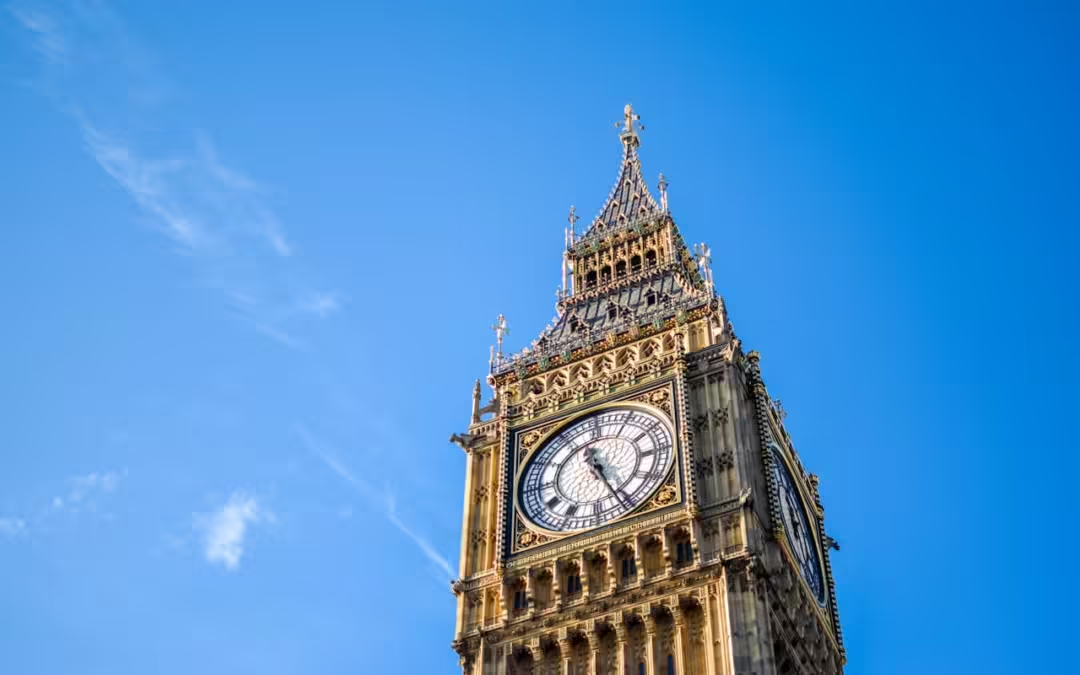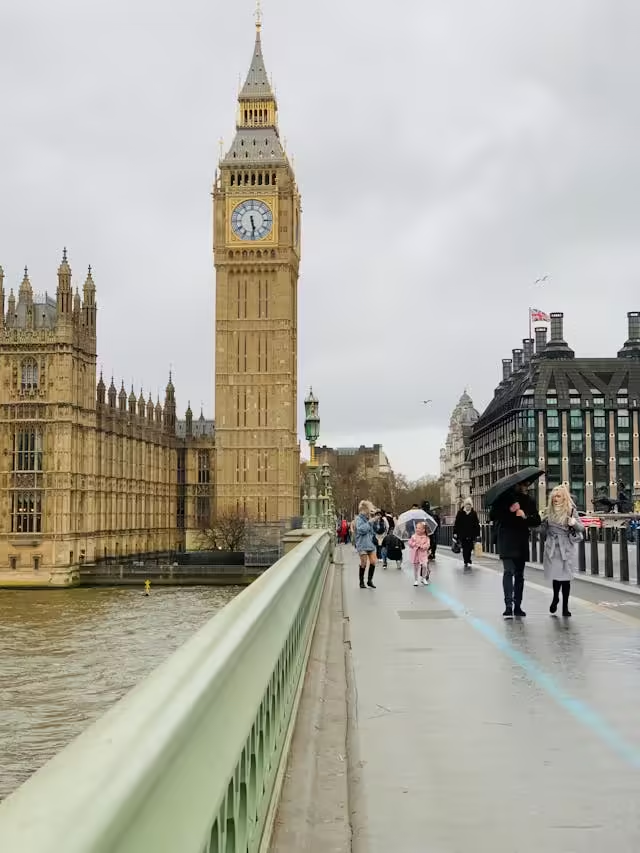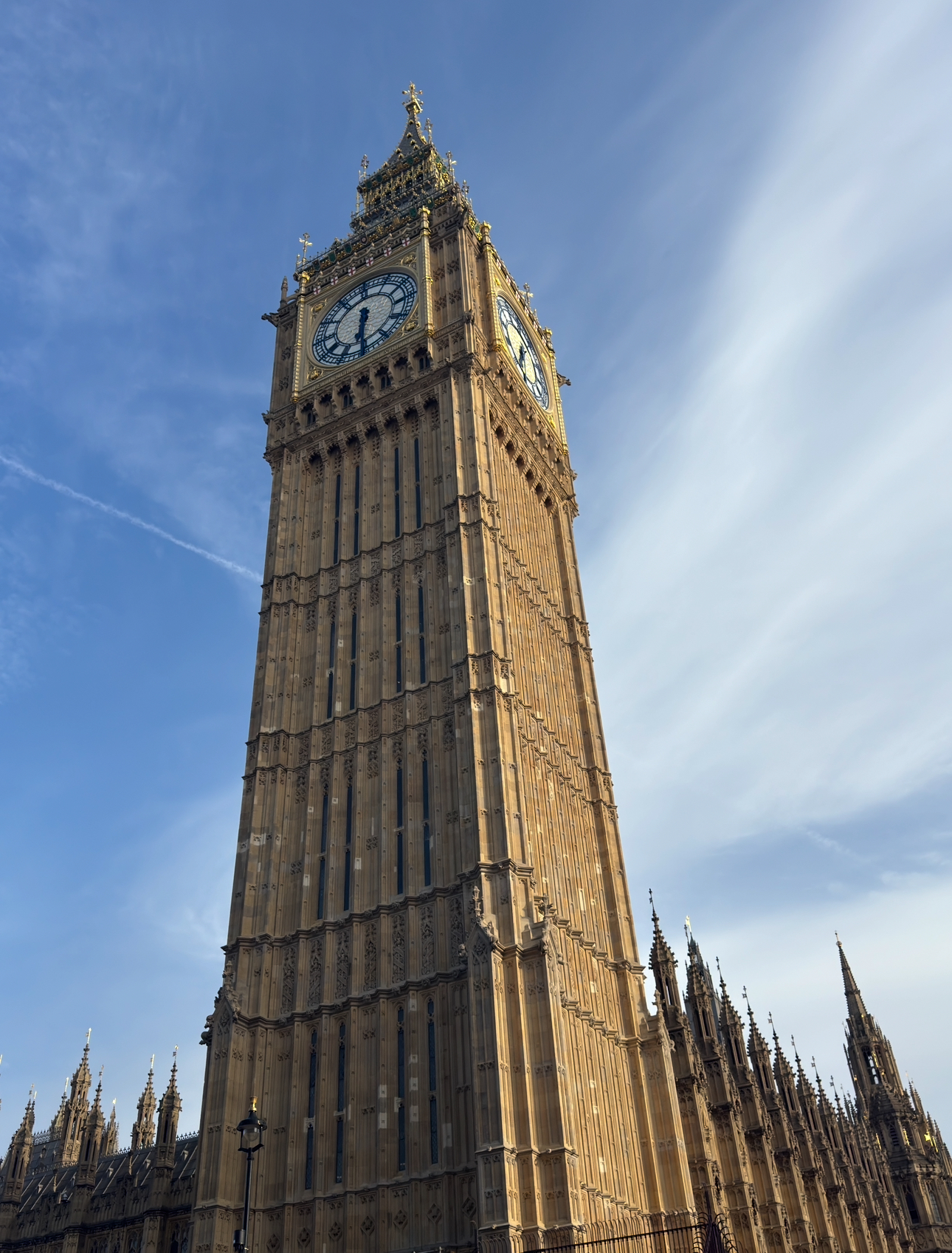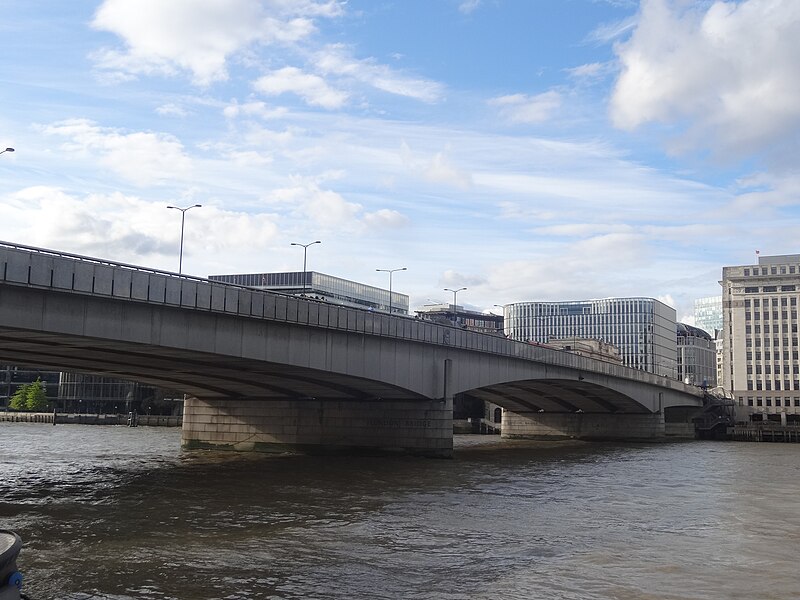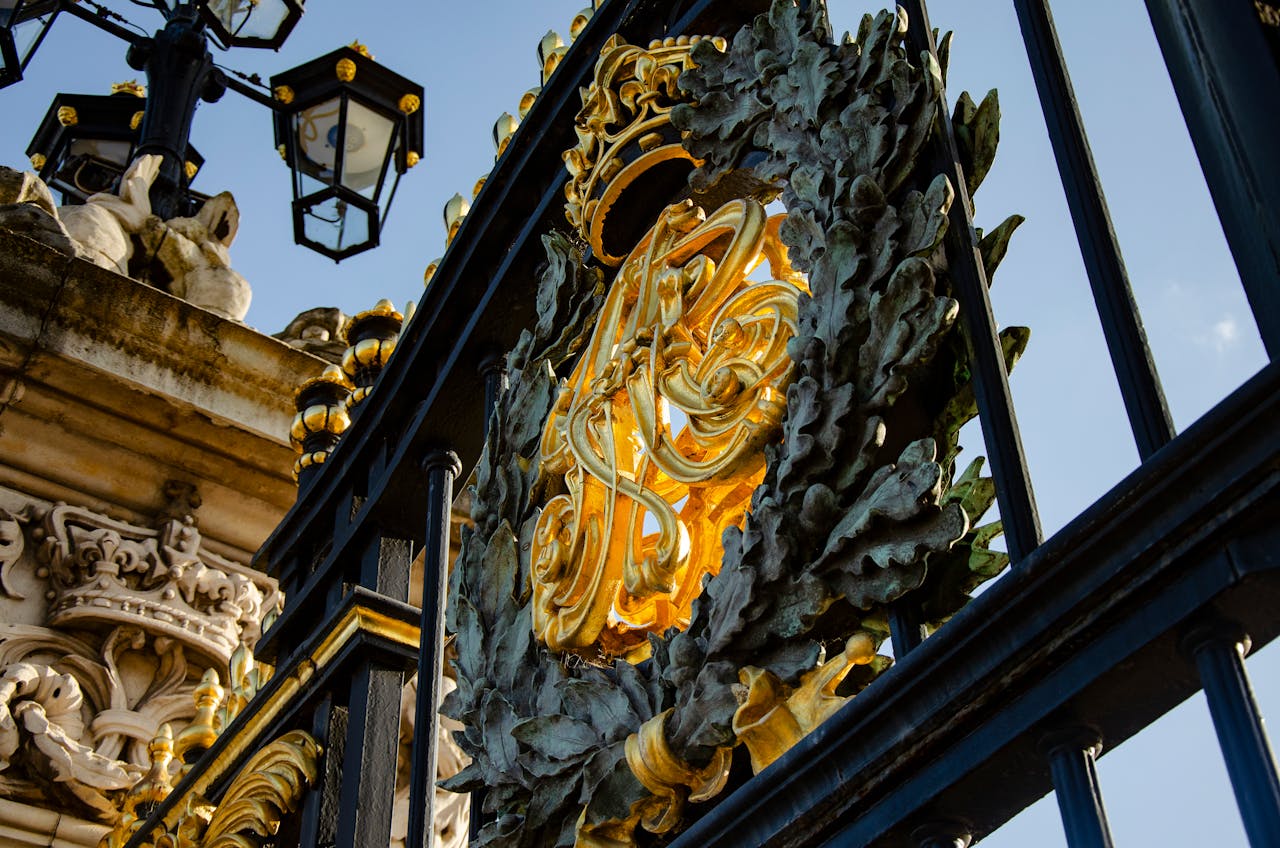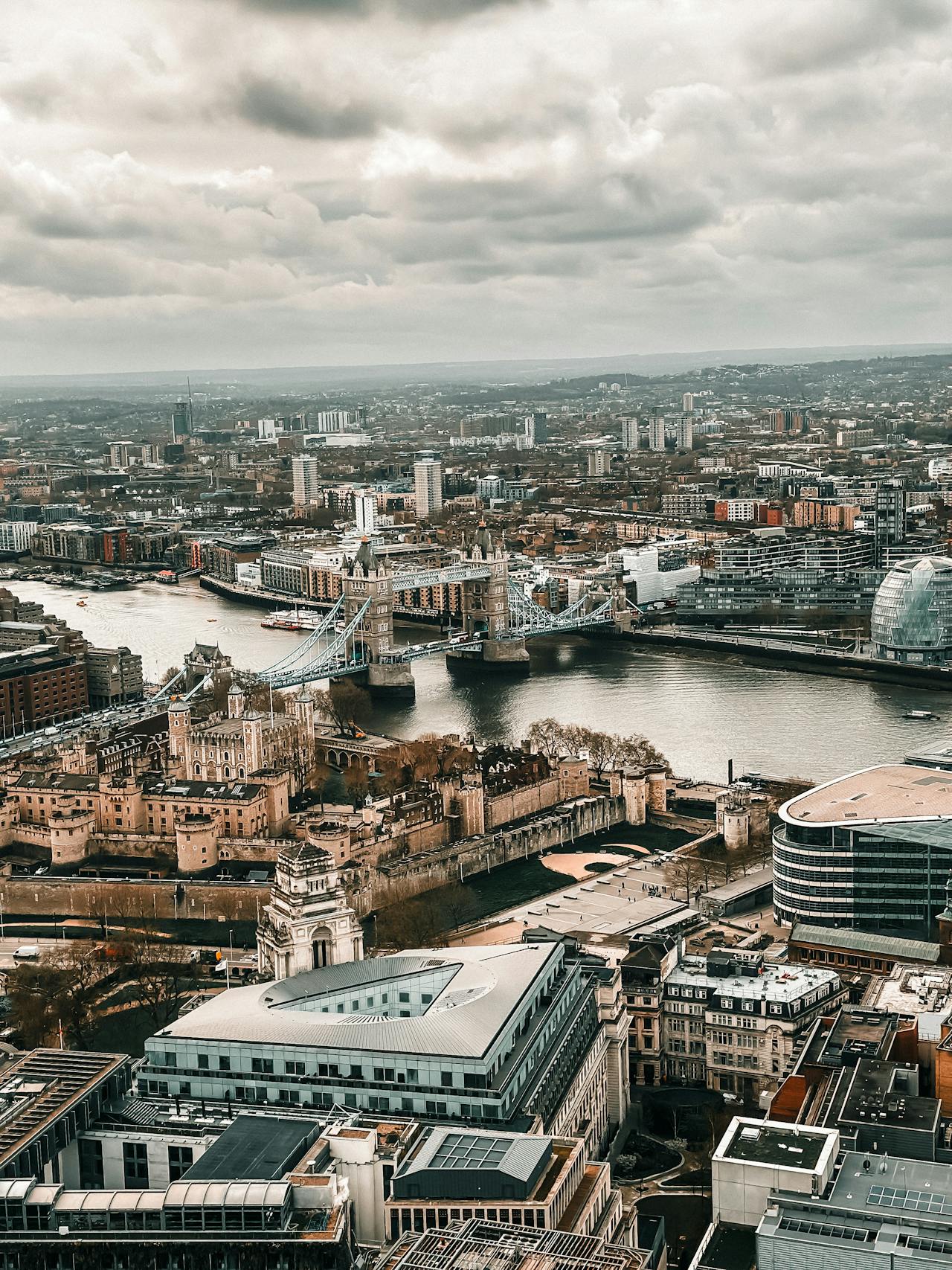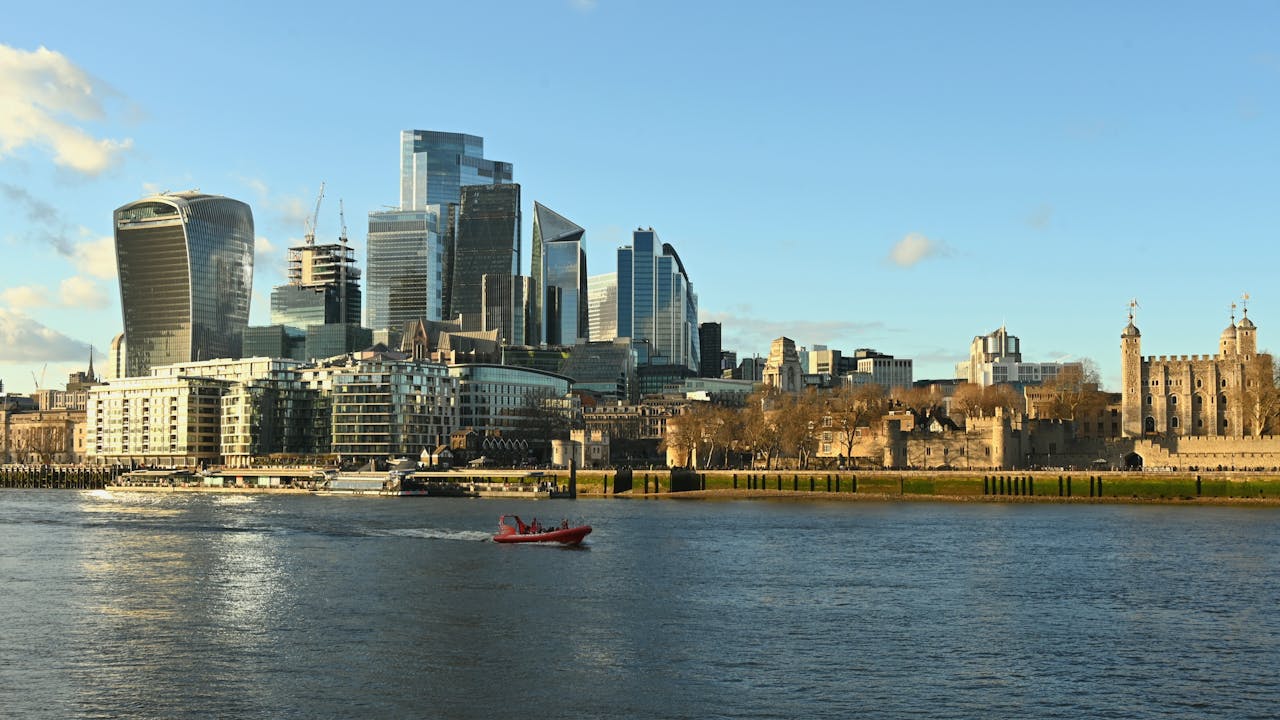The London Eye – A Symbol of London’s Charm
There’s something magical about standing by the River Thames, gazing up at the towering, elegant form of the London Eye. From where it stands, the city unfolds beneath you, and you feel as if you’ve stepped into a living, breathing artwork. The wheel’s immense size contrasts with the simplicity of its purpose: to offer a breathtaking view of a city that never seems to sleep. It’s not just a Ferris wheel; it’s a symbol of the heart of London itself—a place where the past meets the future in a perfect harmony of lights, history, and movement.
For those visiting London, it’s a must-see. For those who call it home, it’s a reminder of the beauty that surrounds us every day. A ride on the London Eye isn’t just an experience; it’s a memory in the making, a moment you’ll revisit long after the trip ends.
What Makes the London Eye Special?
Standing tall at 135 metres, the London Eye was once the tallest observation wheel in the world when it was completed in 2000. Though it may have lost that crown, its prime location along the River Thames means it remains one of the most recognisable landmarks in the city. There is no doubt that this Ferris wheel has earned its place in the hearts of Londoners and visitors alike.
There’s something about stepping into the glass capsules of the London Eye that feels almost like stepping into another world. The city below shrinks, and you’re slowly lifted above it, taking in views that stretch far beyond what the human eye can often see. Landmarks such as Big Ben, the Houses of Parliament, St. Paul’s Cathedral, and the Shard reveal themselves to you in a panorama that seems almost too beautiful to be real. On a clear day, you can see as far as Windsor Castle, making the experience feel almost like you’re on top of the world.
The Journey: A Ride Above London
Boarding the London Eye is the beginning of a peaceful yet exhilarating experience. As the wheel moves slowly upward, the cityscape reveals itself in stages. You start with the winding path of the Thames below, with its famous bridges connecting different parts of the city.
At the top, the full grandeur of London unfolds before you. The city feels different from up there—its bustling streets, majestic buildings, and green spaces all fit together like pieces of a living puzzle. Sunset is a particularly special time, with the soft glow of the setting sun casting a golden light over the city.
Why You Shouldn’t Miss the London Eye
The London Eye is much more than just another tourist attraction; it’s an experience that offers a connection with the city on a deeper level. There’s a certain kind of stillness and calm that comes from being high above the hustle and bustle of the streets. It allows you to pause and reflect on the beauty of the city around you. It’s a chance to appreciate what makes London so special, and it’s an opportunity to see it in a way that few others ever will.
Whether you’re a first-time visitor or a local, a ride on the London Eye is an experience that shouldn’t be missed. It’s the kind of attraction that lingers in your mind long after you’ve stepped off the pod. It leaves you with a sense of awe, an appreciation for the scale and beauty of the city, and a desire to return and explore more.
Tips for Visiting the London Eye
If you’re planning to visit the London Eye, there are a few things to keep in mind to make the most of your experience.
Timing Is Key: To get the best view and avoid long queues, aim to visit early in the morning or later in the evening. These times are less crowded, and you’ll also catch the city at its most stunning. Early mornings offer a chance to watch the city slowly wake up, while evening visits give you a magical view of the city as it transitions from day to night.
Book Tickets in Advance: The London Eye is incredibly popular, so booking your tickets in advance is always a smart idea. Not only will you skip the queues, but you’ll also ensure you get the time slot that works best for you. There are also family tickets and fast-track options available for those looking to make their visit even smoother.
Consider a Private Capsule: For a more intimate experience, you can book a private capsule. Whether it’s for a special occasion, a romantic gesture, or simply because you want to enjoy the view without distractions, a private capsule elevates the experience to something unforgettable. You can even add champagne to your ride to make it even more special.
Don’t Forget to Check the Weather: London’s weather can be unpredictable, so it’s always good to keep an eye on the forecast. On clear days, the views from the London Eye are absolutely breathtaking. However, even on overcast days, the experience is still worth it, as you’ll see the city through a different lens.
London Eye at Night – A Different Kind of Magic
While the London Eye is stunning during the day, it’s at night that it truly comes alive. Once the sun sets, the wheel lights up in a spectrum of colours, casting a glowing aura over the city below. This transformation is nothing short of magical. From the glass pods, you can take in the sparkling lights of London’s skyline, making it one of the most beautiful sights in the city. The atmosphere is completely different at night—quieter, more intimate, and full of a certain kind of charm that only the city can offer.
If you’re looking for a more romantic experience, visiting the London Eye at night is an experience you’ll never forget. There’s something about the peace and serenity of the evening that makes the ride feel even more special.
The London Eye’s Legacy
The London Eye has become a symbol of modern London, standing as a testament to the city’s forward-thinking spirit and its ability to blend the old with the new. Initially built to celebrate the turn of the millennium, it has since evolved into one of the UK’s most popular tourist attractions, welcoming millions of visitors from all over the world each year. Its continued popularity speaks volumes about how it has captured the hearts of those who seek to experience London from a unique vantage point.
Beyond the London Eye: Exploring the River Thames
The London Eye offers more than just an elevated view of the city; it’s also perfectly situated for those interested in further exploring the River Thames. The river itself is a historical and cultural artery of the city, and taking a boat ride along its waters is an excellent way to experience London’s history. There are many tours that will take you past other iconic landmarks, such as Tower Bridge, the Tate Modern, and the Tower of London.
Whether you take a leisurely walk along the Thames, go on a boat ride, or just sit by the water, the area surrounding the London Eye offers a beautiful blend of nature, history, and culture.
The London Eye for Families
The London Eye is also an excellent option for families. Children are often mesmerised by the sheer size of the wheel, and the slow, steady movement of the pods is ideal for little ones. They can look out of the glass walls and spot famous landmarks, making it both an educational and fun experience. The London Eye provides an excellent opportunity for families to enjoy a unique view of London together.
There are also family packages available, which can help make the experience more affordable. Kids will love spotting landmarks, while parents will appreciate the chance to take in the beauty of the city from such a stunning perspective.
The London Eye as a Cultural Icon
More than just an attraction, the London Eye has become an iconic symbol of modern London. It represents the city’s spirit—a place that’s constantly evolving, but always rooted in its rich history. Over the years, it’s been the backdrop for countless celebrations, events, and cultural moments. From the spectacular New Year’s Eve fireworks to the annual charity events, the London Eye is often at the heart of the city’s most significant moments.
This cultural significance has only increased as time has gone on, making the London Eye a true representation of London itself: constantly changing, always inspiring, and forever unforgettable.
Nearby Dining, Shopping, and Exploring
After your ride, the area around the London Eye offers plenty of options for further exploration. Take a leisurely walk along the South Bank and explore the charming cafés, restaurants, and bars. Whether you want a quick snack or a full meal, the South Bank area has something for everyone, with both casual and fine dining options available.
For those who enjoy shopping, there are plenty of shops nearby to explore. From unique boutiques to larger stores, you’ll find a great selection of shops in the area. After a day spent on the London Eye, a stroll along the river to explore more of the city is the perfect way to end your visit.
Conclusion: The London Eye – An Experience You’ll Remember
A ride on the London Eye is more than just an attraction. It’s a moment of reflection, a chance to connect with the city in a way few other experiences can offer. The view is breathtaking, the journey is peaceful yet thrilling, and the memories you create will stay with you long after you leave.
So, if you find yourself in London, make sure the London Eye is on your list of things to do. It’s an iconic experience that offers a unique, unforgettable view of one of the world’s most fascinating cities. Whether you’re visiting for the first time or returning for another look at the city’s skyline, the London Eye promises an experience that will stay with you, forever changing the way you see London.
